Recently it occurred to me that while this website series was originally conceived for sharing history through my own travels and camera lens, travel and history are both two-way streets. Visitors come to The National WWII Museum in New Orleans to learn about the war that changed the world, and I have used cameras as a practical tool to document exhibit developments and history in my nearly seven years working here.
Looking through my photo files, I thought that readers of this History Through the Viewfinder series might enjoy some inside looks at how the exhibits get made, and some behind-the-scenes stories of challenges and problems overcome.
In the past several years, the Museum has undergone a tremendous expansion of pavilions, galleries, and exhibits dedicated to telling the story of the American experience in the war. The US Freedom Pavilion: The Boeing Center, the Road to Berlin galleries, the Road to Tokyo galleries, and The Arsenal of Democracy galleries tell the WWII stories of the European, Pacific, and Home Front theaters. More is still to come: The museum is raising money and developing plans for our final public building, the Liberation Pavilion, due to open in 2020. So here are some stories and photographs, not always of the highest quality but useful for practical reasons—as will be seen—in showing how things get done in the museum.
One question people often ask is, how do the iconic artifacts on display, such as planes, get put into place in the buildings? In early 2014, construction on the Campaigns of Courage: European and Pacific Theaters pavilion was complete, and we were in the process of building the exhibits that would go into the galleries inside. Our plan was to open Road to Berlin in December 2014, and then open Road to Tokyo on the second level a year later in December 2015. The second level has a 38-foot-high ceiling, designed so that we could hang our P-40 Warhawk, the plane made famous by General Claire Chennault’s Flying Tigers in China, from the ceiling. It is not wise to expose a valuable artifact that needs controlled conditions to an active construction site, so we could not put the plane in the building first, and then build around it. But once the building is complete, how does one get a plane onto the second level?
The answer is, you take the wings off, and use a crane to load the plane’s body and wings through an opened panel in the wall of the building. On February 3, 2014, more than 21 months before we would open the Road to Tokyo galleries on the second level, our P-40 Warhawk was carefully inserted into the exhibit space. While we watched from the street and I took these photographs, a colleague who formerly worked in the newspaper business glanced over at me and said something I’ve never forgotten: “One way or the other, we’re going to be on the news this evening!”
The plane was reassembled on the second level, and then lifted into place and hung from the ceiling. For the next 18 months, until the exhibit designs for the Road to Tokyo began to be installed in the second-level galleries, one could walk through the empty spaces only to round a corner and be greeted by the sight below of the promise of things to come.
Note: This is the first of two related posts. Read the second post here.
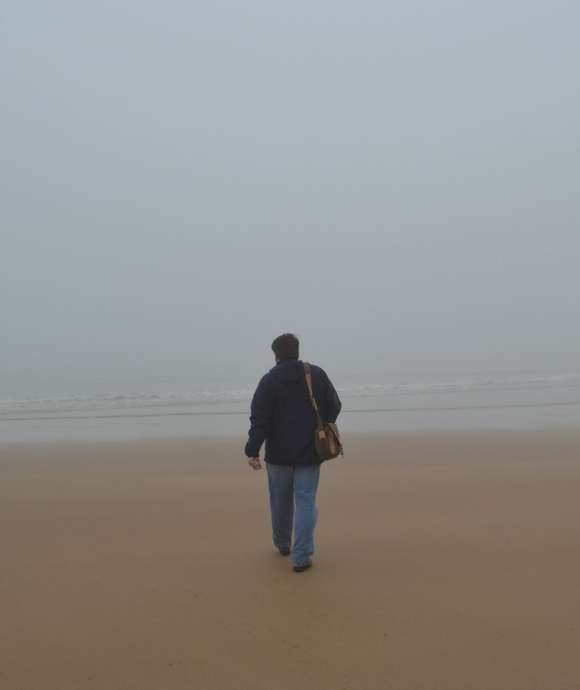
"No matter one’s age, travel is a unique and exciting educational experience. In my work, I have had the opportunity to reflect on history, events, and people in the places where they experienced life. Through the viewfinder, we can not only find history and perspective, but create memory, and evoke our evergreen past."
– Keith Huxen, PhD, Senior Director of Research and History, The National WWII Museum
Keith Huxen
Keith is the former Senior Director of Research and History in the Institute for the Study of War and Democracy at The National WWII Museum.
Cite this article:
MLA Citation:
APA Citation:
Chicago Style Citation:
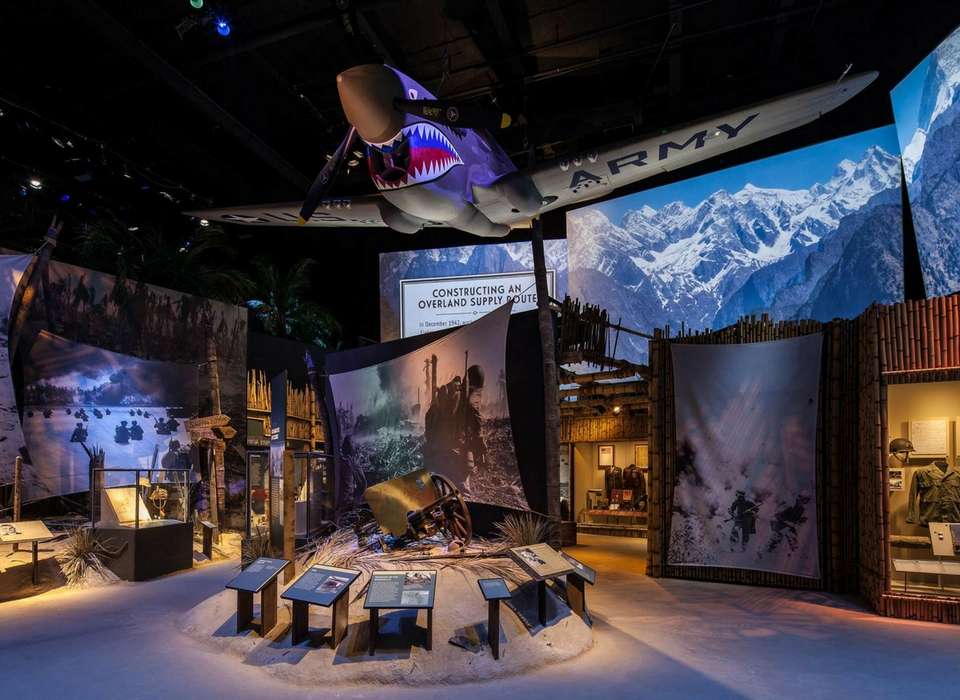
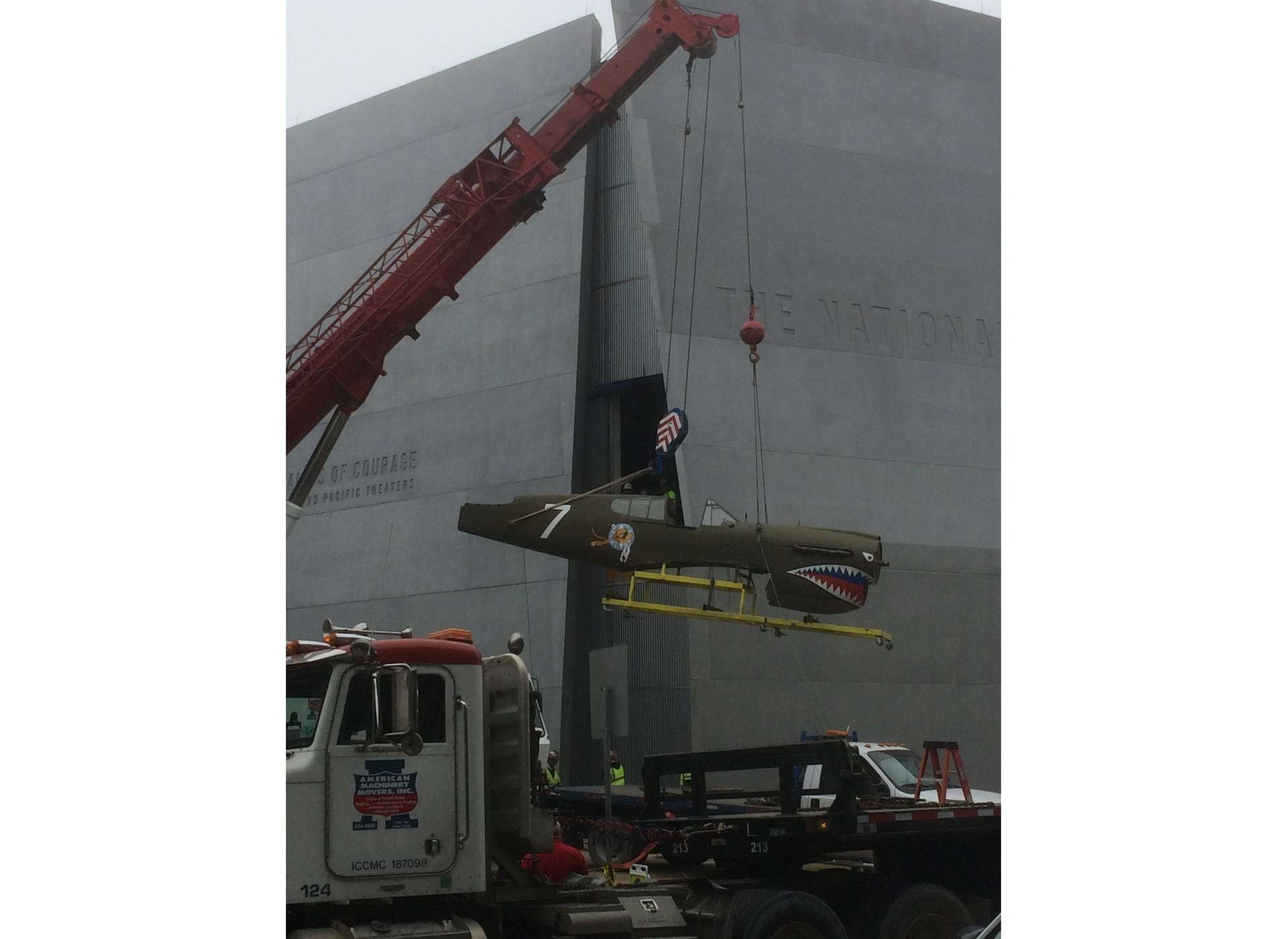
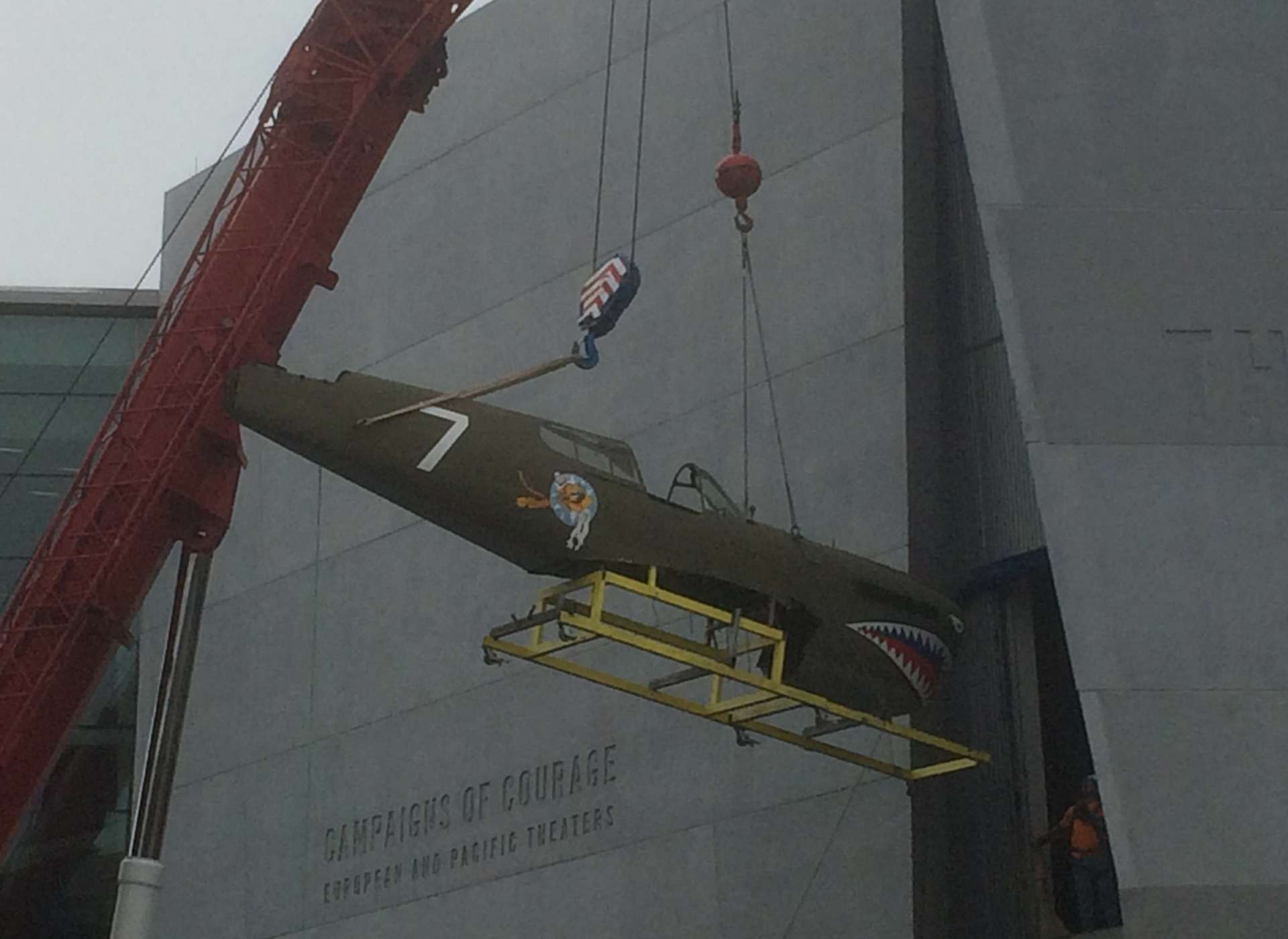
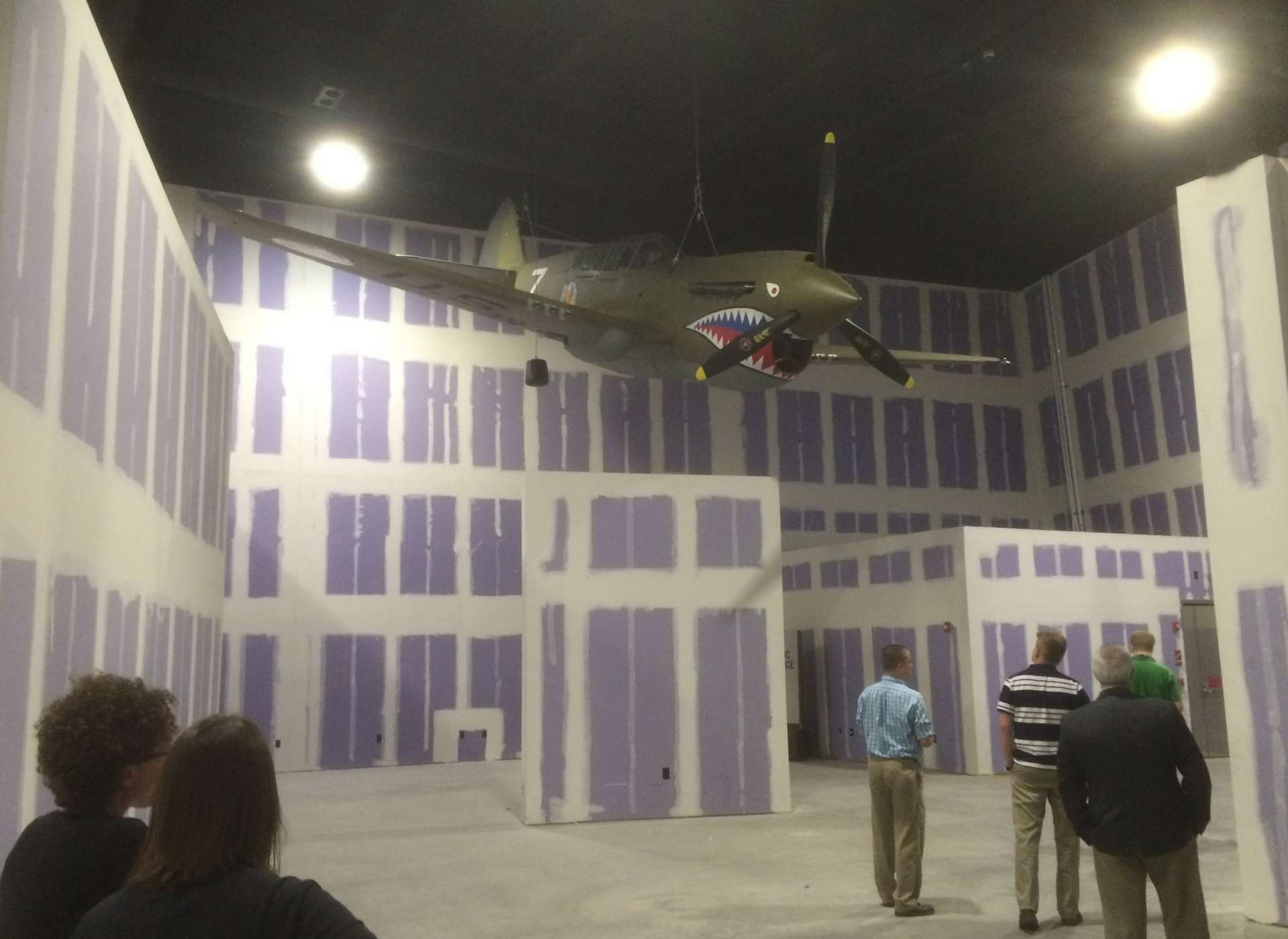
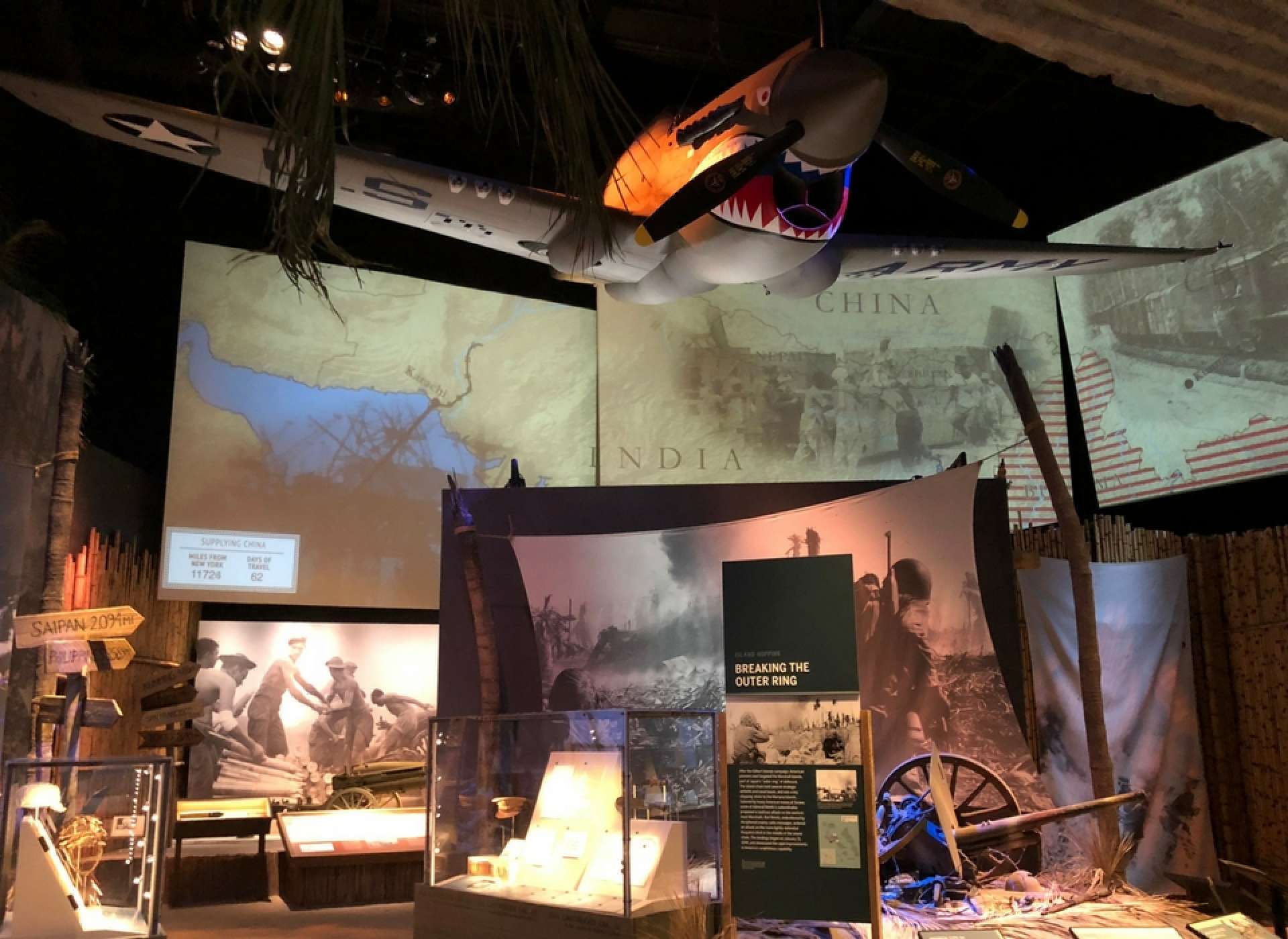

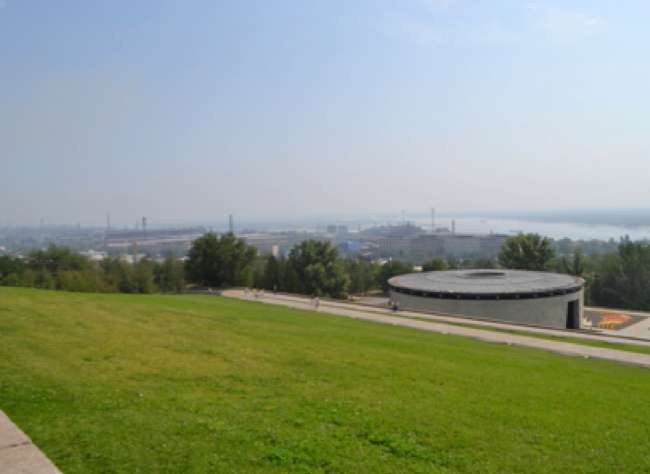
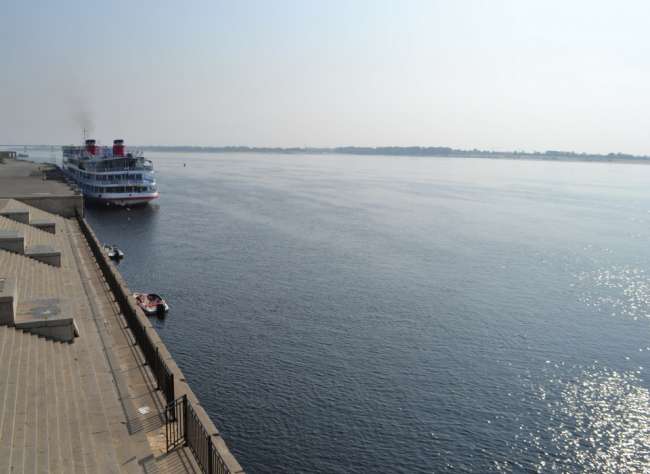
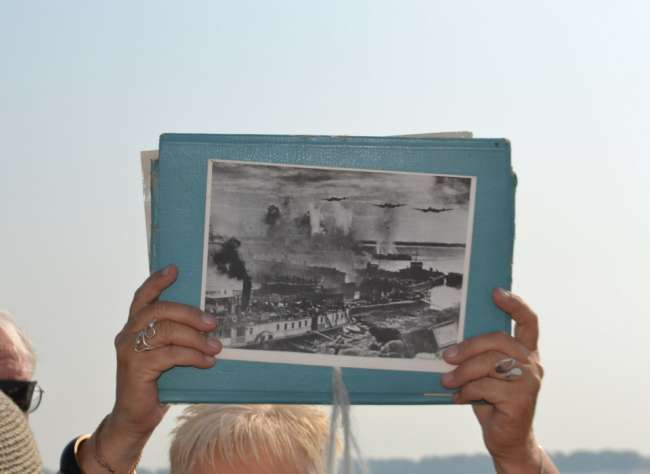




![Max Fuchs, New York City cantor, sings as Rabbi Sydney [sic] Lefkowitz, Richmond, VA, conducts the first Jewish services from Germany.](/sites/default/files/styles/max_650x650/public/2025-10/image1.jpg)


